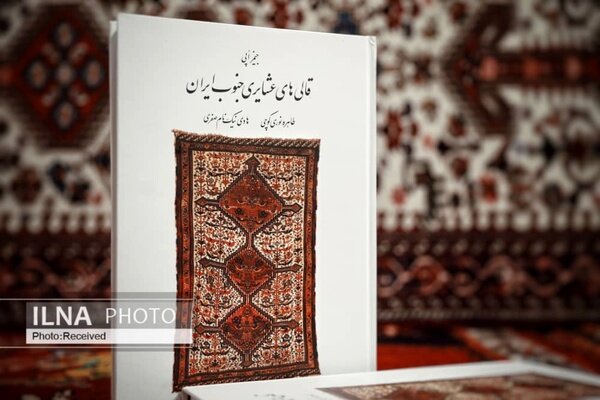INSUBCONTINENT EXCLUSIVE:
design motifs that occur in south Persian rugs.The magnificent book presents a unique and colorful view of the extraordinary weaving
achievements of the five major tribal groups in southern Persia (Iran).Moreover, the book describes a variety of the rugs of these nomadic
and village peoples whose crafts have long been mislabeled or lumped together under inexact trade names.Persian carpets are sought after
carpets among the most complex and labor-intensive handicrafts in the world.Weavers spend several months in front of a loom, stringing and
knotting thousands of threads
Some practice established patterns, some make their own
When the weaving is finally done, the carpet is cut, washed, and put out in the sun to dry.Throughout history, invaders, politicians, and
As mentioned by Britannica Encyclopedia, little is known about Persian carpet making before the 15th century, when art was already
Although the conquests of Timur (died 1405) were in most respects disastrous to Persia, he favored artisans and spared them to work on his
great palaces in Samarkand.Later in the 17th century, there was a growing demand for the production of so many gold-and-silver-threaded
carpets that were ultimately exported to Europe
Some were made in Kashan, but many of the finest came from Isfahan
With their high-keyed fresh colors and opulence, they have affinities with European Renaissance and Baroque idioms.At the end of the 17th
century, nomads and town dwellers were still making carpets using dyes developed over centuries, each group maintaining an authentic
by the Tehran-based publisher Nameh-e Parsi.AFM

